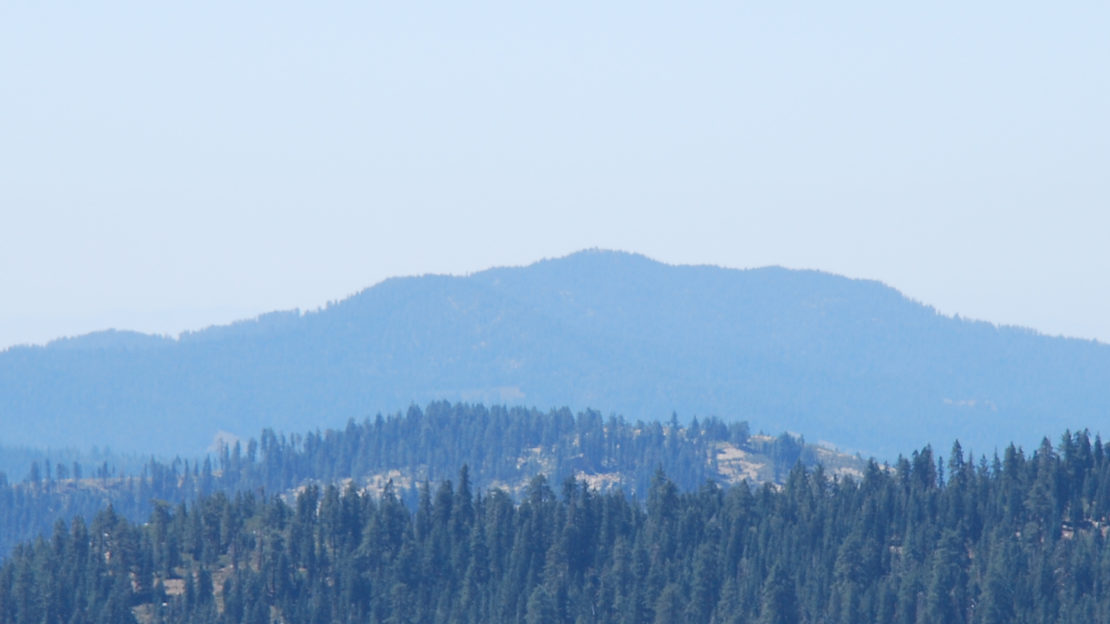
HappySoul
Joined Jan 2022
Discussions
Reply to: How do you prioritize gear purchases? Anyone have an organized system?
Posted December 3, 2022
Reply to: What was the catalyst that compelled you to begin prepping?
Posted November 23, 2022
Reply to: What was the catalyst that compelled you to begin prepping?
Posted November 19, 2022
Reply to: Philosophies for good mental health
Posted August 13, 2022
Reply to: How to survive an active shooter
Posted June 11, 2022
Reply to: How to survive an active shooter
Posted May 28, 2022
Reply to: How to survive an active shooter
Posted May 27, 2022
Reply to: What does prepping look like in your area of the world?
Posted May 23, 2022
Reply to: What does prepping look like in your area of the world?
Posted May 22, 2022
Reply to: Prepping victories: When has prepping paid off for you?
Posted May 9, 2022
Reply to: Prepping victories: When has prepping paid off for you?
Posted May 9, 2022
Reply to: Do you really need small portable solar power?
Posted April 21, 2022
Reply to: How would those who live in a city survive without trucks?
Posted April 16, 2022
Reply to: 1 gal water containers for storage
Posted April 5, 2022
Reply to: 1 gal water containers for storage
Posted April 4, 2022
Reply to: Becoming hysterical during an emergency
Posted March 30, 2022
Reply to: Filling 5 Gallon Water Jugs – From the Tap or Filtered?
Posted March 23, 2022
Load more...
No activity yet.
Reply to: How do you prioritize gear purchases? Anyone have an organized system?
Posted December 3, 2022
Reply to: What was the catalyst that compelled you to begin prepping?
Posted November 23, 2022
Reply to: What was the catalyst that compelled you to begin prepping?
Posted November 19, 2022
Reply to: Philosophies for good mental health
Posted August 13, 2022
Reply to: How to survive an active shooter
Posted June 11, 2022
Reply to: How to survive an active shooter
Posted May 28, 2022
Reply to: How to survive an active shooter
Posted May 27, 2022
Reply to: What does prepping look like in your area of the world?
Posted May 23, 2022
Reply to: What does prepping look like in your area of the world?
Posted May 22, 2022
Reply to: Prepping victories: When has prepping paid off for you?
Posted May 9, 2022
Reply to: Prepping victories: When has prepping paid off for you?
Posted May 9, 2022
Reply to: Do you really need small portable solar power?
Posted April 21, 2022
Reply to: How would those who live in a city survive without trucks?
Posted April 16, 2022
Reply to: 1 gal water containers for storage
Posted April 5, 2022
Reply to: 1 gal water containers for storage
Posted April 4, 2022
Reply to: Becoming hysterical during an emergency
Posted March 30, 2022
Reply to: Filling 5 Gallon Water Jugs – From the Tap or Filtered?
Posted March 23, 2022
Load more...